World experienced nature's fury in 2023 as climate crisis fueled bad weather

- Oops!Something went wrong.Please try again later.
Dec. 18 (UPI) -- Natural disasters and extreme weather events brought death and destruction to nearly every corner of the world in 2023, as Earth experienced the hottest year on record.
Floods, drought, wildfires and major storms ravaged many nations, displacing millions as environmental advocates raise concerns about the growing impact of global warming.
Several climate studies throughout the year have warned that nature's fury would get worse in the decades to come as the planet experienced the hottest three-month period in its history this summer, punctuated by new heat records across the globe.
The year began with a major humanitarian crisis in Pakistan, where monsoon floods the previous summer killed at least 1,781 people and displaced scores more, including at least 4 million children, who remained at risk from famine and disease amid continued flooding in January.
Since the disaster, U.N. Secretary-General Antonio Guterres has called on the international community to contribute billions of dollars to help the Middle Eastern nation recover after sustaining at least $30 billion in weather-related damage.

In February, heavy rains also led to floods and landslides in Brazil's southern coastal state of Sao Paulo that killed 65 people while displacing hundreds of residents, many whose homes were destroyed.
Global disasters continued into September, as flooding from Storm Daniel killed 3,958 people in Libya, where dams collapsed and landslides brought destruction to the country's northeast, including the port city of Derna, while forcing more than 40,000 people to flee their homes.
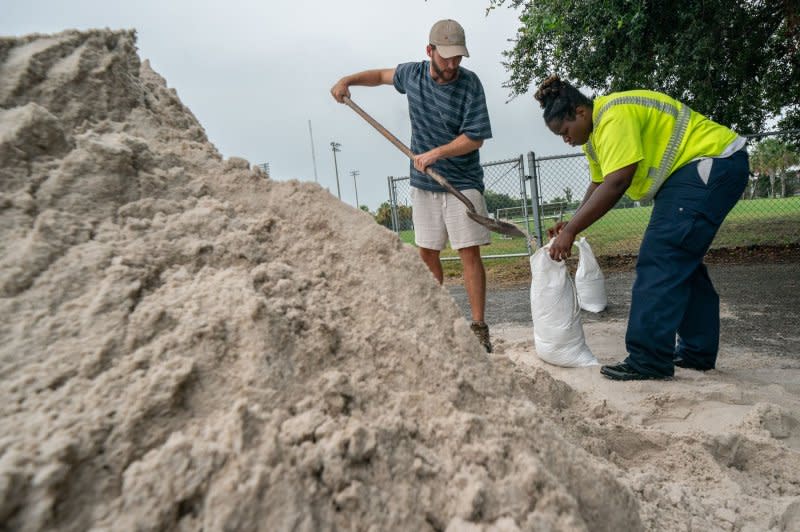
Hundreds of wildfires that began in the spring in Canada forced thousands of residents near Yellowknife to evacuate as smoke from the flames sent asthma sufferers to emergency rooms across the United States.
The flames also released double the usual amount of carbon, compared to the highest levels ever recorded in the country, according to environmental watchdogs.
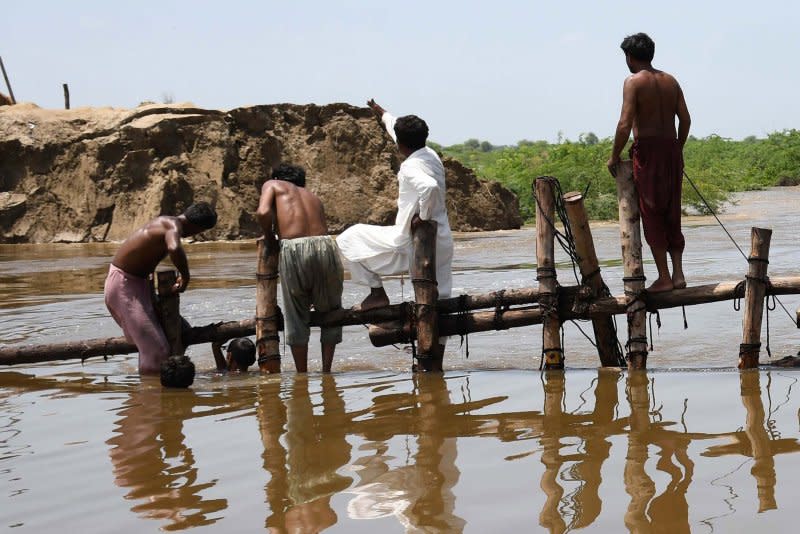
Anew health study showed unhealthy air from wildfires is causing hundreds of deaths every year in the western United States, where dry conditions often lead to disaster.
The wildfire that ravaged Maui in August killed at least 99 people, while recovery teams were still combing the ruins for human remains more than four months after the deadliest wildfire in modern U.S. history.
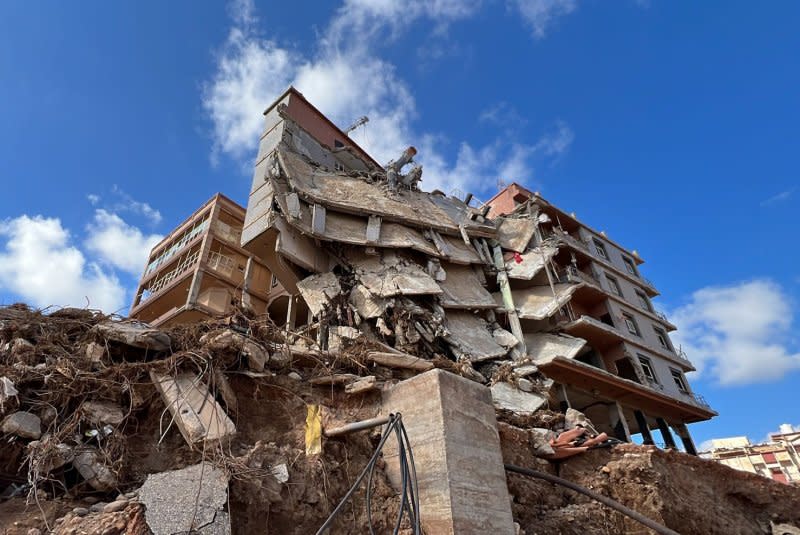
The fire erupted during drought-like conditions on Aug. 8, burning thousands of homes and businesses to the ground and leaving a crush of residents homeless.
President Joe Biden asked Congress for $16 billion in additional emergency funds to deal with costs from the Maui wildfires and Hurricane Idalia, which struck Florida in late August -- adding to more than $2.6 trillion in estimated costs the nation has sustained due to hundreds of climate disasters over the past 40 years, according to a report from the National Oceanic and Atmospheric Administration.
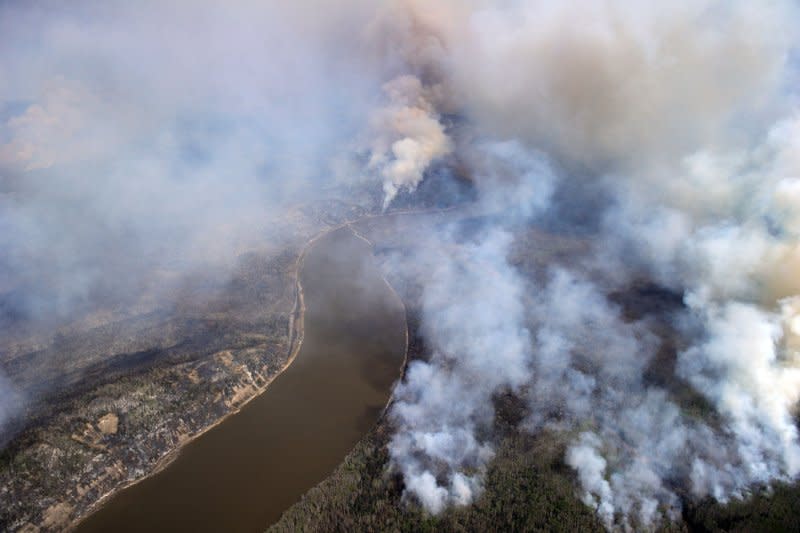
On average, the United States was experiencing about eight disasters per year, and an average of about 18 disasters every five years, the report said. Tropical Storm Hilary, which struck the Southwest in August, prompting the first-ever tropical storm watch in southern California before flooding the region with historic rain.
Wildfires wreaked havoc in August in northeastern Greece, where 18 migrants were found dead in a smoldering forest near the Turkish border; and in Spain, where a massive inferno burned for a week, forcing thousands of families to flee as Prime Minister Pedro Sanchez declared a disaster.
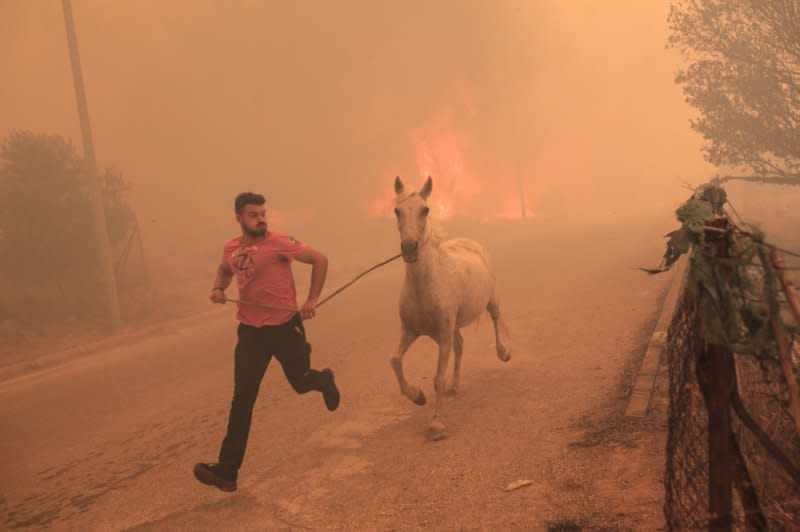
In both cases, a persistent heat wave across Europe made it more challenging for firefighters to effectively battle the flames due to extreme temperatures, authorities said at the time.
Just a month before, a wildfire triggered a series of massive explosions at an ammunition warehouse that shook residents in southern Greece and forced the military to evacuate a fleet of F-16 fighter jets from a major air base.
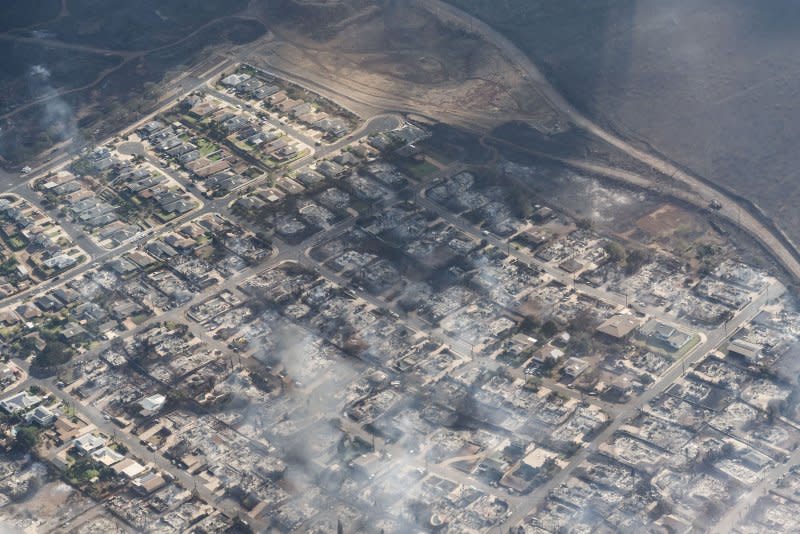
Previously, officials expressed concerns about dry and windy conditions that persisted amid one of the hottest summers on record in Greece, as rapid warming of the Mediterranean Sea caused ocean temperatures in the region to soar to unprecedented levels over the past year, according to climate data from Copernicus Marine Service.
In May, the World Meteorological Organization issued a warning that global temperatures were likely to rise to historic levels over the next five years due to increased greenhouse gases and give rise to more extreme weather events.
On Wednesday, leaders at the COP28 United Nations climate summit in Dubai reached a historic deal that calls on countries to transition away from fossil fuels for the first time, but the agreement stopped short of calling for a complete phase-out of oil and gas, which had been a major point of contention in the talks.

